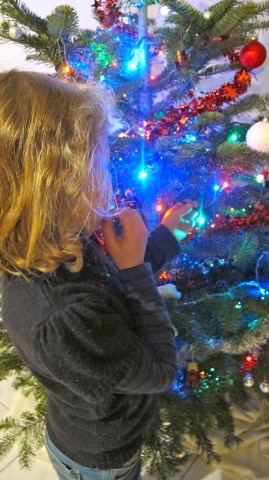Less energy-consuming, are low-energy light bulbs and especially LEDs, necessarily environment-friendly and healthy ? Some doctors are warning us.

Children’s eyes, whose lens is transparent, are the most sensitive to the blue light of Leds. But this doesn’t mean that all Leds are that dangerous… © Patricia Cerinsek/Place Gre’net

Doctor Sylvie Berthemy-Pellet, ophtalmologist in Grenoble. © Patricia Cerinsek/Place Gre’net
Which bulbs should be used ? Today, four types of Leds are available : the blue Leds (potentially more toxic for the retina), the cold white (whose risk depends on the luminance), the neutral white (containing few risks) and the warm white (without any recognized ocular risks). The televisions and computers using Leds, as indirect lightings with low luminescence tubes, are safe.Translation by Sandra Bailly, Translator / Desktop Publishing specialist
Phone : +33 (0)6 95 87 15 27 – email : sandra.bailly79 [at] gmail.com















